#Père Lachaise Cemetery
Explore tagged Tumblr posts
Text
Evidence of Napoleon’s awareness of the concept of vampires
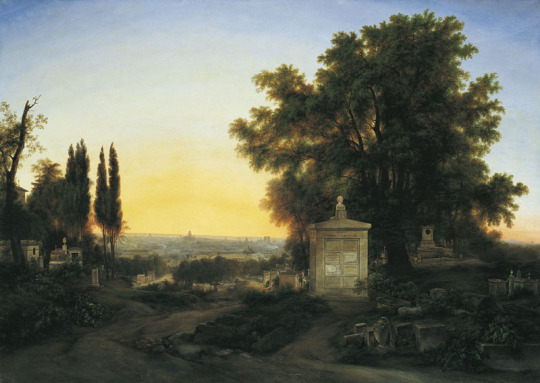
(Tombstone in Père Lachaise Cemetery, by Louise-Joséphine Sarazin de Belmont)
“They [vampires] even confronted Napoleon during his reign, as exemplified by an anecdote from the early nineteenth century about Napoleon’s reaction to a story about a strange man named Rafin who disappeared every night into Père-Lachaise Cemetery only to reappear in the morning: when Napoleon heard the this, he reputedly asked if Rafin was “a vampire” (Mozzani 1988: 212-14). Certainly, the general population across Europe at the turn of the nineteenth century found them of interest, especially as their literary place began to take hold.”
Source: Lynn, Michael R. “Wonders Never Cease: Werewolves, Vampires, and Other Curiosities in Early Modern France.” Critical and Historical Studies on the Preternatural, vol. 12 no. 1, 2023, p. 27-54.
#Père Lachaise Cemetery#Lynn#wonders never cease#vampires#napoleon#napoleon bonaparte#napoleonic era#napoleonic#Père-Lachaise Cemetery#first french empire#french empire#Paris#France#cemetery#tomb#tombstone#graveyard#history#fantasy#dark academia#1800s#art#Louise-Joséphine Sarazin de Belmont#Père-Lachaise#Père Lachaise#vampire
97 notes
·
View notes
Text
Hii 🎃💜🦇
I went to Père Lachaise Cemetery this weekend. I wanted to pay a visit to Oscar Wilde, Jim Morrison, Gertrude Stein and many, many others.
The atmosphere was quiet and beautiful, like a true Autumn, but I didn't like bothering the dead. After all, it's quite cynical to have tombs listed as tourist attraction. (I'm not kidding, check Google.)
Do you think that dead despise us for living? At one moment, I was standing in front of grave of a 18 years old. There I was, in my Sunday (punk) best, headed to a Buzzcocks concert. I felt almost guilty, what would she give to live her life to the fullest.
Next time, I will choose different way to spend afternoon.




Also, this was one of the first things near the gate.

Did I mention I'm Czech? I always felt proud of that, but at the same time, should I considering that I never want to live in that country again?
I swear, usually I'm more fun. It must be the dread of reaching my demise day by day every day.
Bye!
PS: I'm turning 21 today 🎂
7 notes
·
View notes
Text
Ahh, I accidentally saw Oscar Wilde's grave! Turns out he's buried in the graveyard Jean Valjean was buried in, so the more you know
3 notes
·
View notes
Text

Jim Morrison x Mosquitohead
#t shirt#music#aop#all over print#acid wash#mosquitohead#jim morrison#the doors#James Douglas Morrison#Pamela Courson#Feast of Friends#An American Prayer#L.A. Woman#Morrison Hotel#The Soft Parade#Waiting for the Sun#Strange Days#The Doors Are Open#Père Lachaise Cemetery#127 Fascination box#Steno Pad#The Lost Paris Tapes#HWY: An American Pastoral#Wilderness: The Lost Writings of Jim Morrison#The Lords and New Creatures#Orange County Suite#Queen of the Highway#Paul A. Rothchild#Celebration of the Lizard#When the Music's Over
7 notes
·
View notes
Text

sextoy (delphine palatsi)’s headstone in the pere lachaise cemetery in paris, france
2 notes
·
View notes
Text
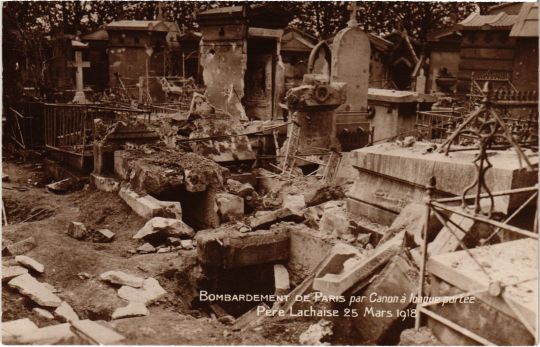
Père Lachaise Cemetery during the 1918 bombardment of Paris
French vintage postcard
#vintage#tarjeta#bombardment#briefkaart#père lachaise cemetery#lachaise#postcard#photography#postal#carte postale#sepia#cemetery#ephemera#historic#paris#french#ansichtskarte#1918#postkarte#postkaart#photo
5 notes
·
View notes
Photo
So like the Doctor Who episode with Van Gogh, but like waaaaay more queer.
Jack Harkness would definitely make an appearance.
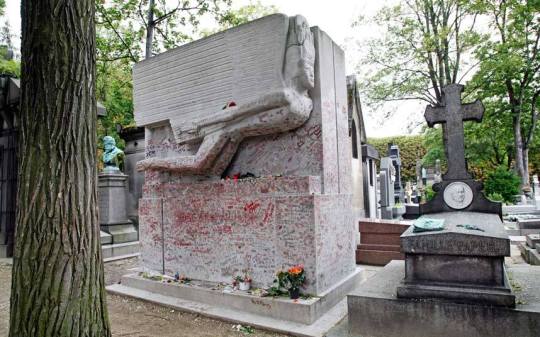
A heavily lip-sticked grave
The final resting place of author Oscar Wilde, ridden with kisses, is not the only famous grave in the Parisian Père Lachaise Cemetery. Singers Jim Morrison and Serge Gainsbourg also attract a wealth of fans and mourners who leave blessings at their gravesides, normally in the form of lighters and/or cigarettes.
#I was obsessed with#Oscar Wilde#and#frida kahlo#as a closeted queer teenager#pere lachaise#père lachaise cemetery#cemetery#tomb#grave#paris#france#lipstick
27K notes
·
View notes
Text
Marshals of the First French Empire buried at Père Lachaise Cemetery
Yesterday was the anniversary of the opening of the Père Lachaise Cemetery in Paris in 1804. @captainknell mentioned that they’re interested in seeing the tombs of the Marshals who are buried there and I realized that I actually have some pics of them. These are not all the Napoleonic figures buried there; not even close! There are actually quite a few notable figures buried at this cemetery.
Credit to the amazing photographer: Stéphane Charton-Thomas.
Marshal Suchet:
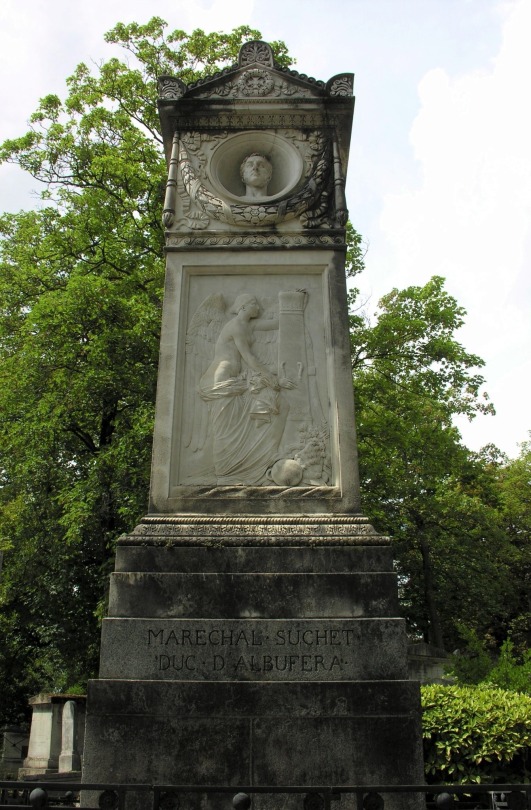

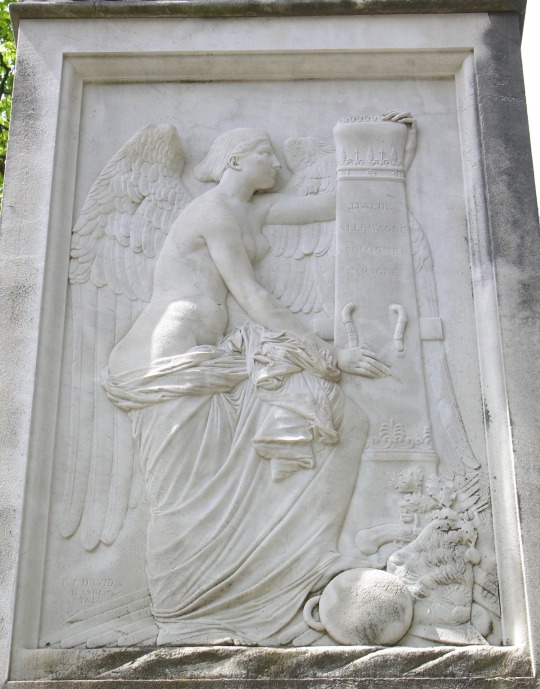
Marshal Grouchy:

Marshal Saint-Cyr:
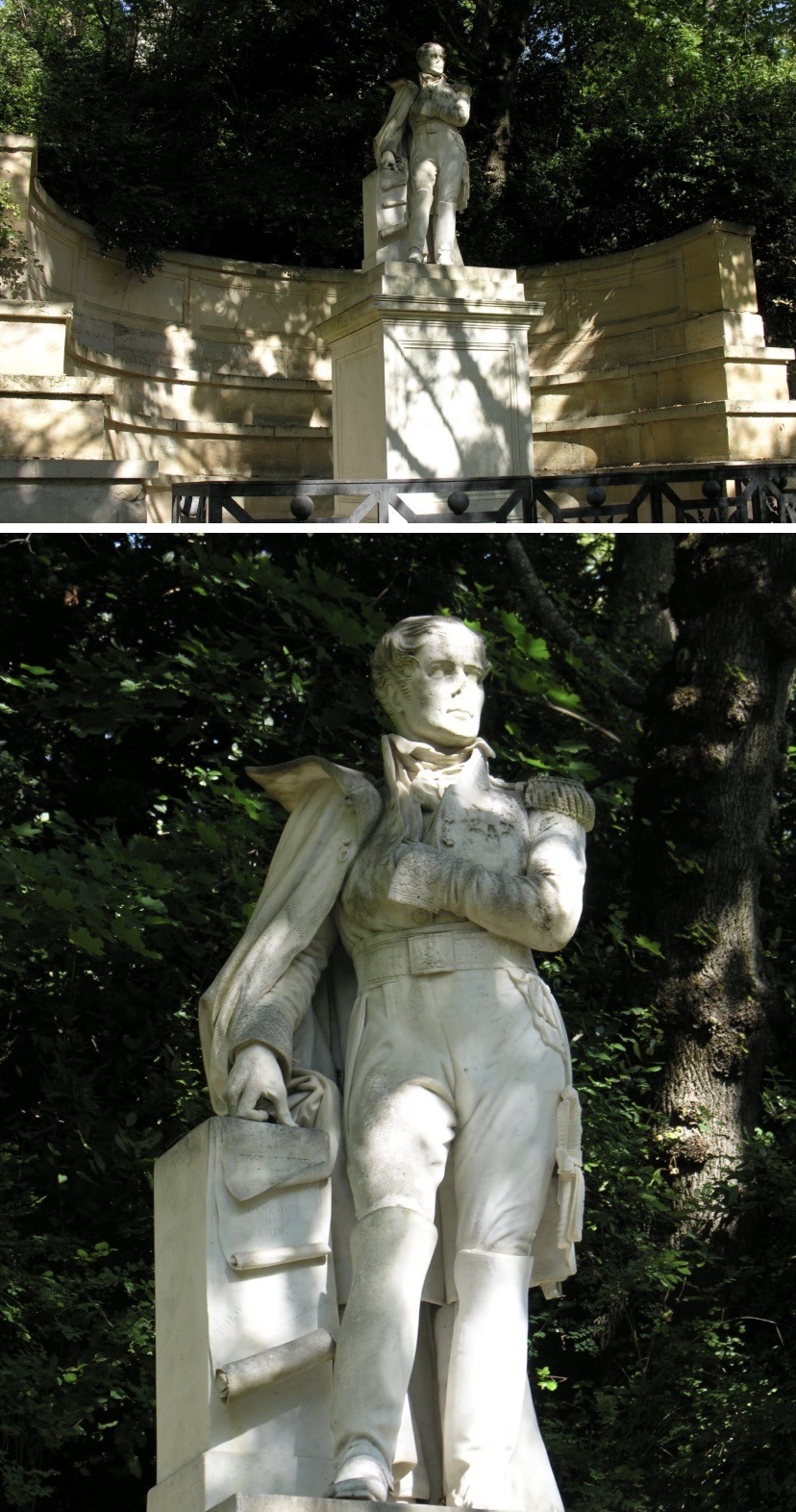
Marshal Lefebvre:

Marshal Davout:
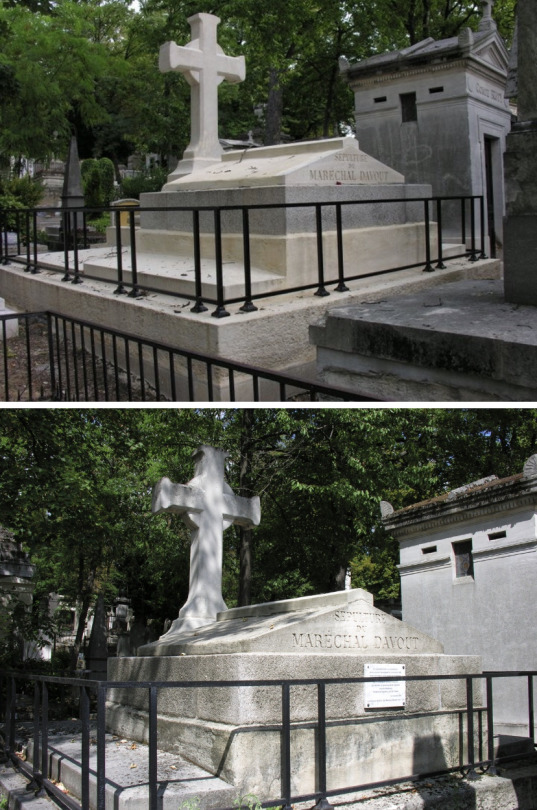
Marshal Ney:

Marshal Masséna:
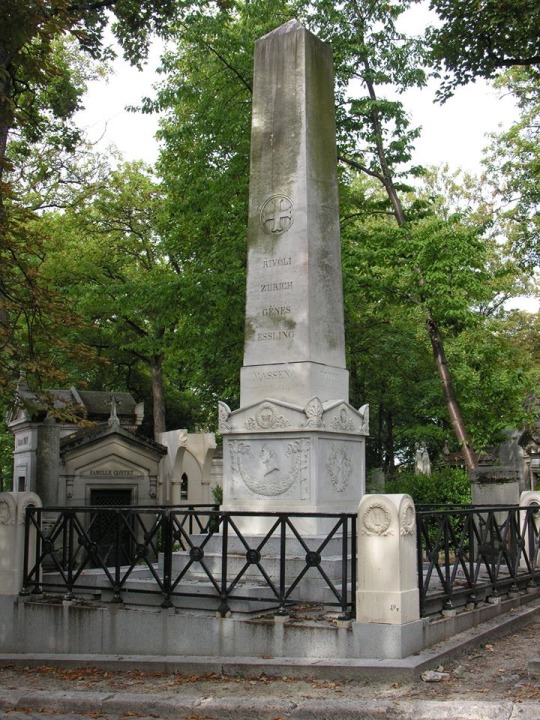
Marshal Kellermann:

#Père Lachaise Cemetery#Père-Lachaise Cemetery#cimetiere du Pere Lachaise#cimetiere#cemetery#graveyard#gravesite#tomb#tombs#tombstone#tombstones#graves#napoleon’s marshals#Suchet#Grouchy#Saint-Cyr#Lefebvre#Davout#Ney#Masséna#Kellermann#sepulcher#sepulchre#frev#french revolution#napoleonic#napoleonic era#Paris#France#first french empire
56 notes
·
View notes
Text
ain’t no place like a cemetery












#père lachaise#cemetery#gothic#graveyard#gravestones#cemetery photography#headstone#grave#photography
19 notes
·
View notes
Photo
by Françoise Larouge, francoise-larouge.tumblr.com
Club imiging Member
Daily original photographs and creations selected by the imiging team!

Père Lachaise- l’homme et l’oiseau- Paris-Avril2022©FrançoiseLarouge
#imiging#black and white#statue#Père Lachaise Cemetery#bird#Paris#street photography#club imiging member
101 notes
·
View notes
Text

Père Lachaise, one of my all time favorite cemeteries.
Paris, France
Nov. 2016
#paris#père lachaise#cemetery#tomb#original photography#photography#taphophilia#taphophile#lensblr#photographers on tumblr#tombs#mausoleum#mausolée#travel#wandering#urbanexploration#urban exploration#cemetery aesthetic#cemetery photography#wanderingjana
23 notes
·
View notes
Text

#t shirt#black#music#jim morrison#the doors#James Douglas Morrison#Pamela Courson#Feast of Friends#An American Prayer#L.A. Woman#Morrison Hotel#The Soft Parade#Waiting for the Sun#Strange Days#The Doors Are Open#Père Lachaise Cemetery#127 Fascination box#Steno Pad#The Lost Paris Tapes#HWY: An American Pastoral#Wilderness: The Lost Writings of Jim Morrison#The Lords and New Creatures#Orange County Suite#Queen of the Highway#Paul A. Rothchild#Celebration of the Lizard#When the Music's Over#psychedelic rock#Elektra Records#Light My Fire
2 notes
·
View notes
Photo
Dita Von Teese by Christophe Mourthé

#Christophe Mourthé#Christophe Mourthe#Dita Von Teese#Heather Renée Sweet#Père Lachaise Cemetery#Victor Noir
80 notes
·
View notes
Text
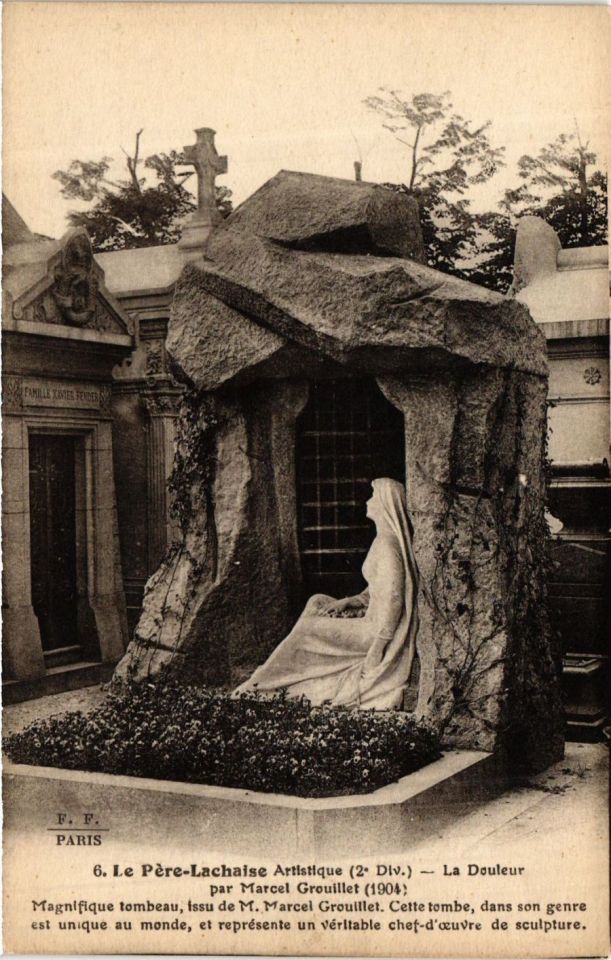
Tomb in the Père Lachaise Cemetery of Paris
French vintage postcard
#vintage#the père lachaise cemetery#tarjeta#briefkaart#lachaise#postcard#photography#postal#carte postale#sepia#cemetery#ephemera#tomb#historic#paris#french#ansichtskarte#postkarte#postkaart#photo
258 notes
·
View notes
Text

Paris, 2021.
#photographers on tumblr#lensblr#original photographers#Paris#père lachaise#france#graveyard#cemetery#blossom#spring#flowers#nature#urban#city
18 notes
·
View notes
Text

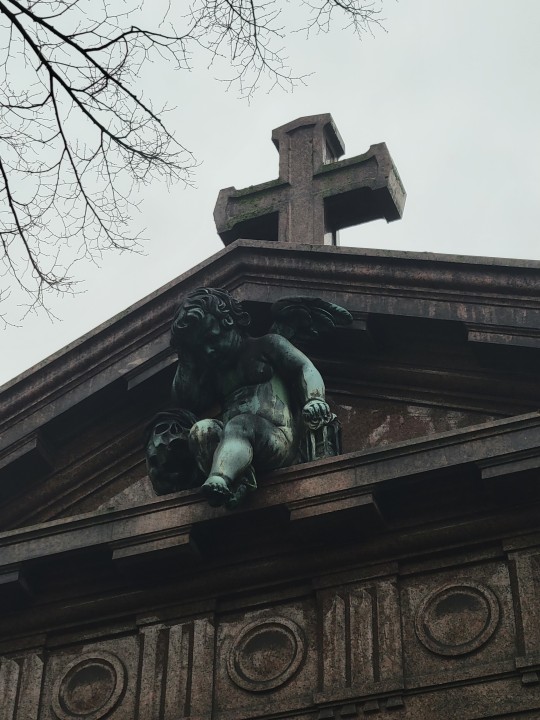

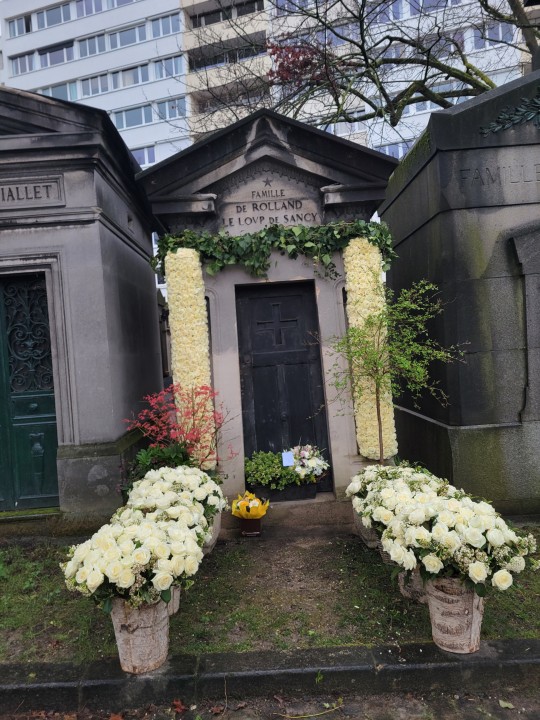
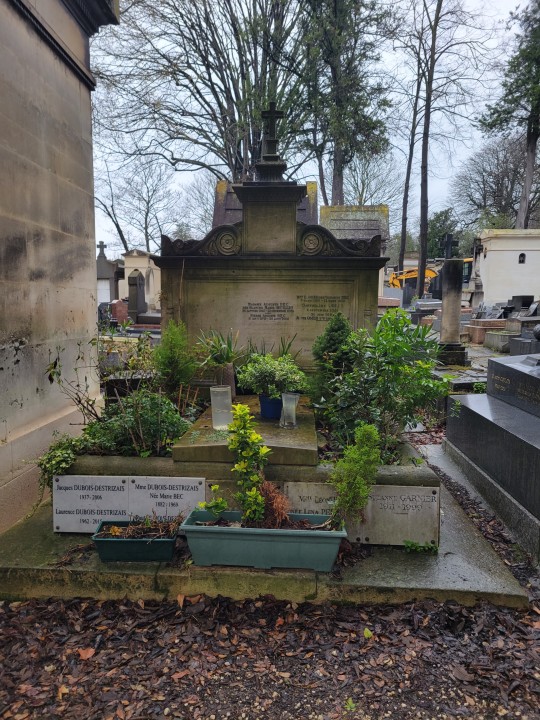
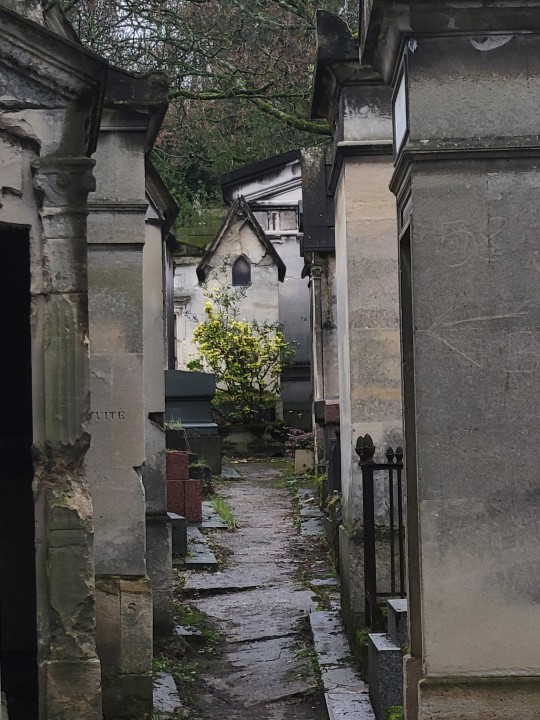

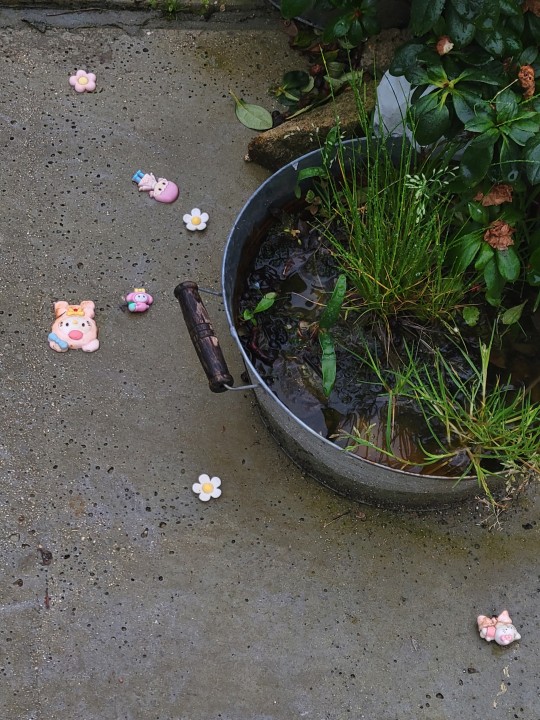


Wet cemetery. I'm a little drunk.
62 notes
·
View notes